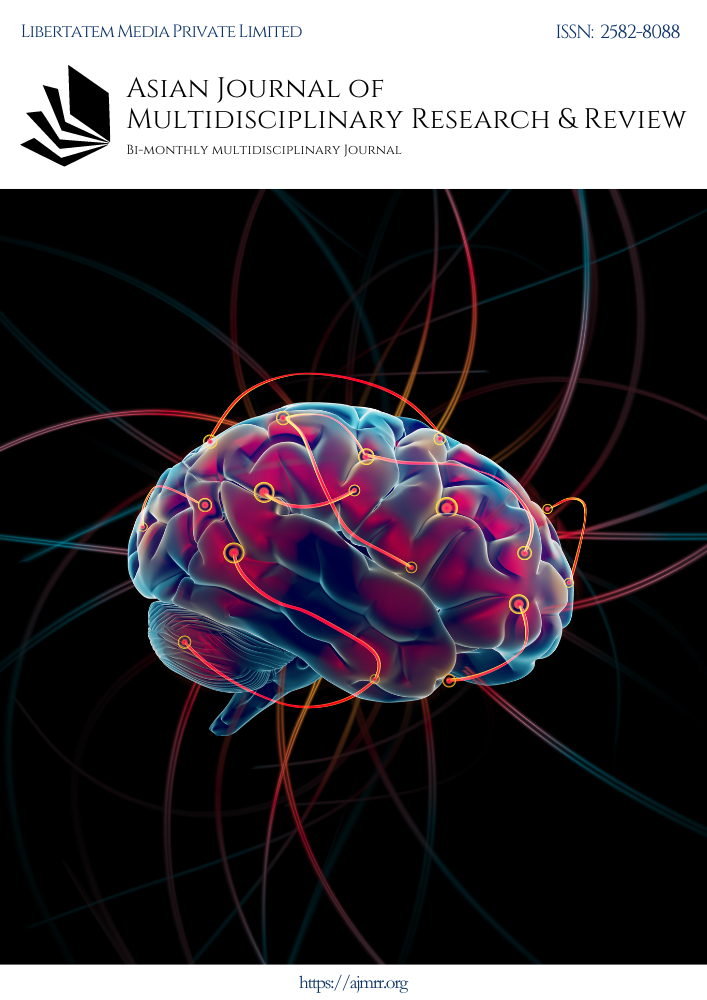Gross Enrolment Ratio in Higher Education: An insight into the enrolment issues of India and China
Keywords:
Per capita income, ParticipationAbstract
Acquisition of skill and knowledge has become an integral part of the education in the twenty first century. According to neo classical theories it helps to raise the productivity of human being. Educational system especially higher education in all developed countries has already internalized this skill and knowledge into their curriculum. In those countries participation of students in higher education has already achieved a new feat and the economy of those countries have been benefiting from this early start. Compared to that, emerging countries like India is lagging far behind the developed world on this issue. New education policy 2020 has stressed the importance of raising skill and knowledge among the learners. If India desired to be benefited from the demographic dividend of the country, participation of the students in higher education has to be increased. Other emerging economy like China which happens to be a country with one hundred and forty crores plus population like India had started their journey as an independent country in 1949, just two year later than India. But China had achieved more than double in terms of gross enrolment ratio compared to India which is an indicator of participation in higher education. Since India and China has always been compared on development aspect, this paper intends to study the status of participation of students in higher education in both India and China. An attempt has been made to assess the disparities in terms of few selected parameters. The study found that per capita income, literacy rate and expenditure on education by the state should be raised.
Downloads
Downloads
Published
Issue
Section
License

This work is licensed under a Creative Commons Attribution-NonCommercial-ShareAlike 4.0 International License.
License Terms
Ownership and Licensing:
Authors of research papers submitted to the Asian Journal of Multidisciplinary Research & Review (AJMRR) retain the copyright of their work while granting the journal certain rights. Authors maintain ownership of the copyright and grant the journal a right of first publication. Simultaneously, authors agree to license their research papers under the Creative Commons Attribution-ShareAlike 4.0 International (CC BY-SA 4.0) License.
License Permissions:
Under the CC BY-SA 4.0 License, others are permitted to share and adapt the work, even for commercial purposes, as long as proper attribution is given to the authors and acknowledgment is made of the initial publication in the Asian Journal of Multidisciplinary Research & Review. This license allows for the broad dissemination and utilization of research papers.
Additional Distribution Arrangements:
Authors are free to enter into separate contractual arrangements for the non-exclusive distribution of the journal's published version of the work (e.g., posting it to institutional repositories or publishing it in books), provided they acknowledge the initial publication of the work in the Asian Journal of Multidisciplinary Research & Review.
Online Posting:
Authors are encouraged to share their work online (e.g., in institutional repositories or on personal websites) both prior to and during the submission process to the journal. This practice can lead to productive exchanges and greater citation of published work.
Responsibility and Liability:
Authors are responsible for ensuring that their research papers do not infringe upon the copyright, privacy, or other rights of any third party. The Asian Journal of Multidisciplinary Research & Review disclaims any liability or responsibility for any copyright infringement or violation of third-party rights in the research papers.



